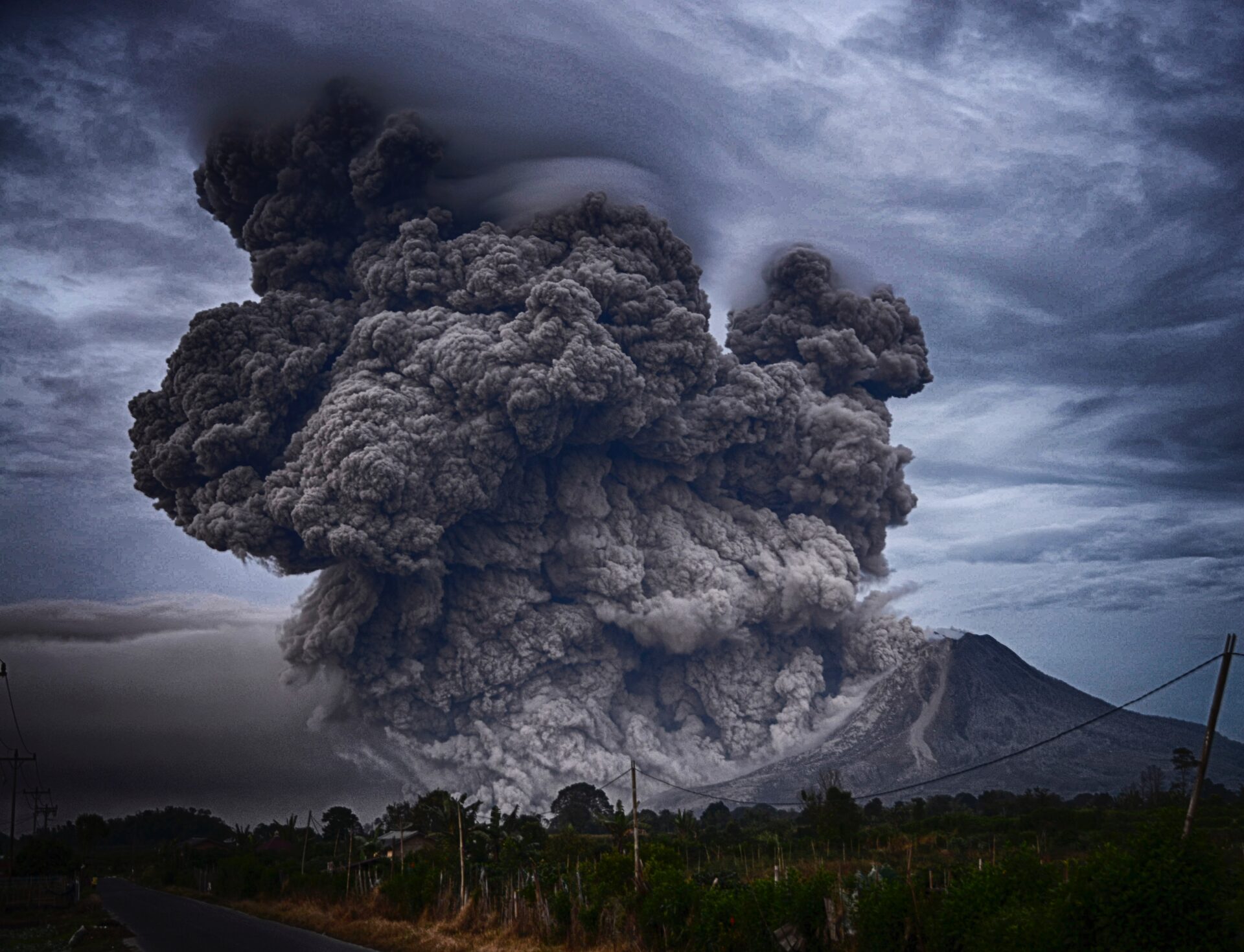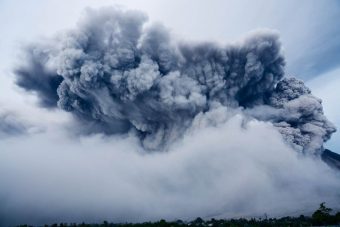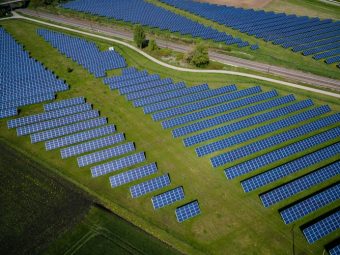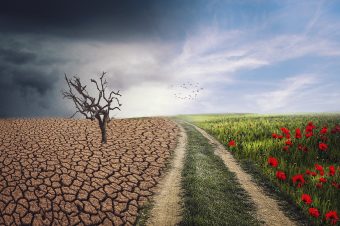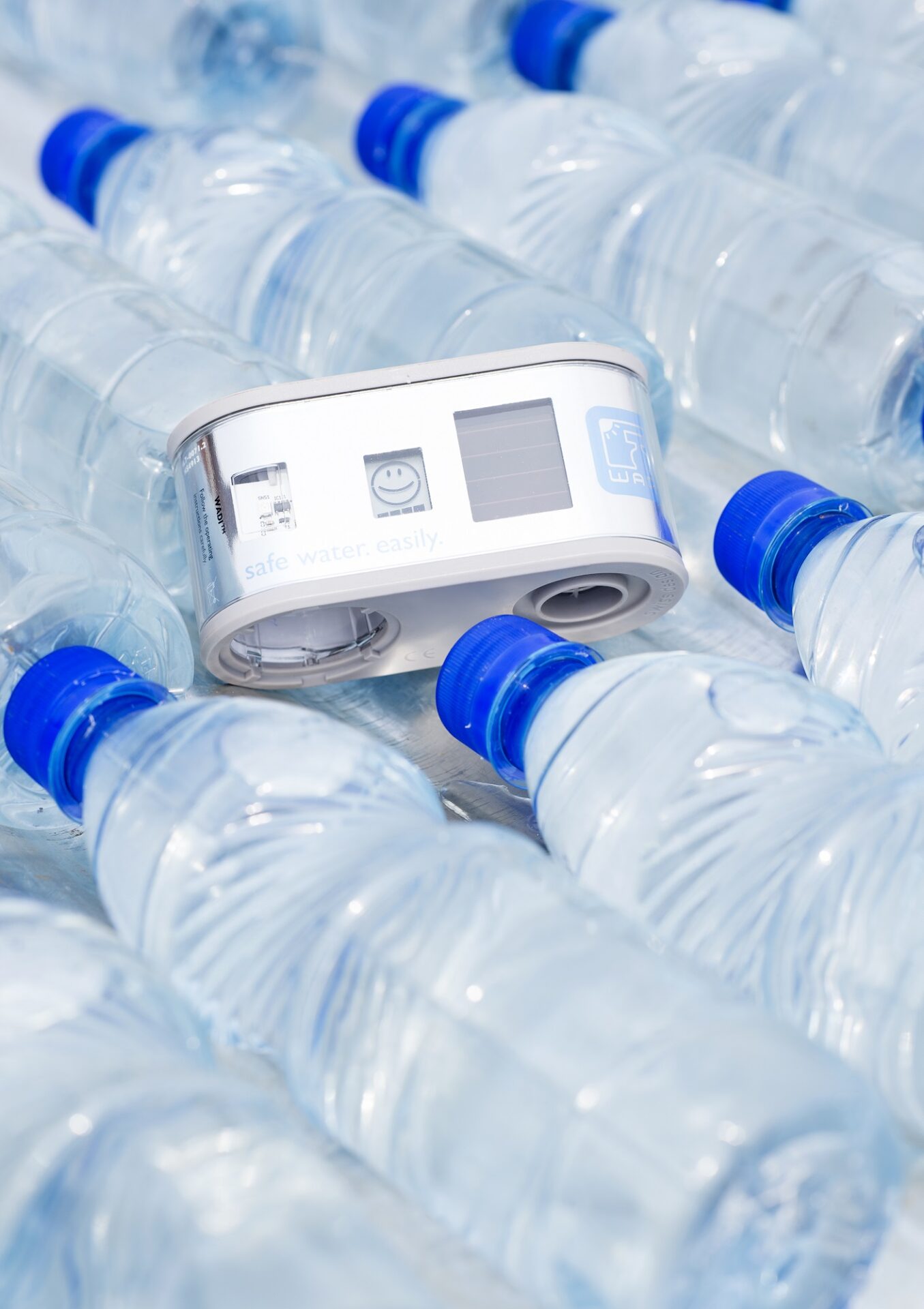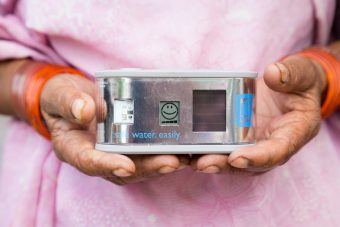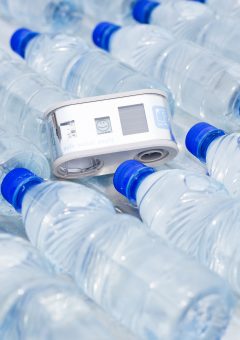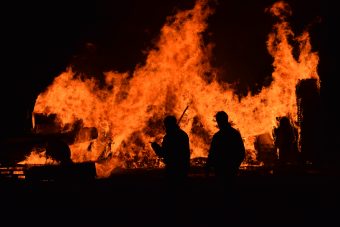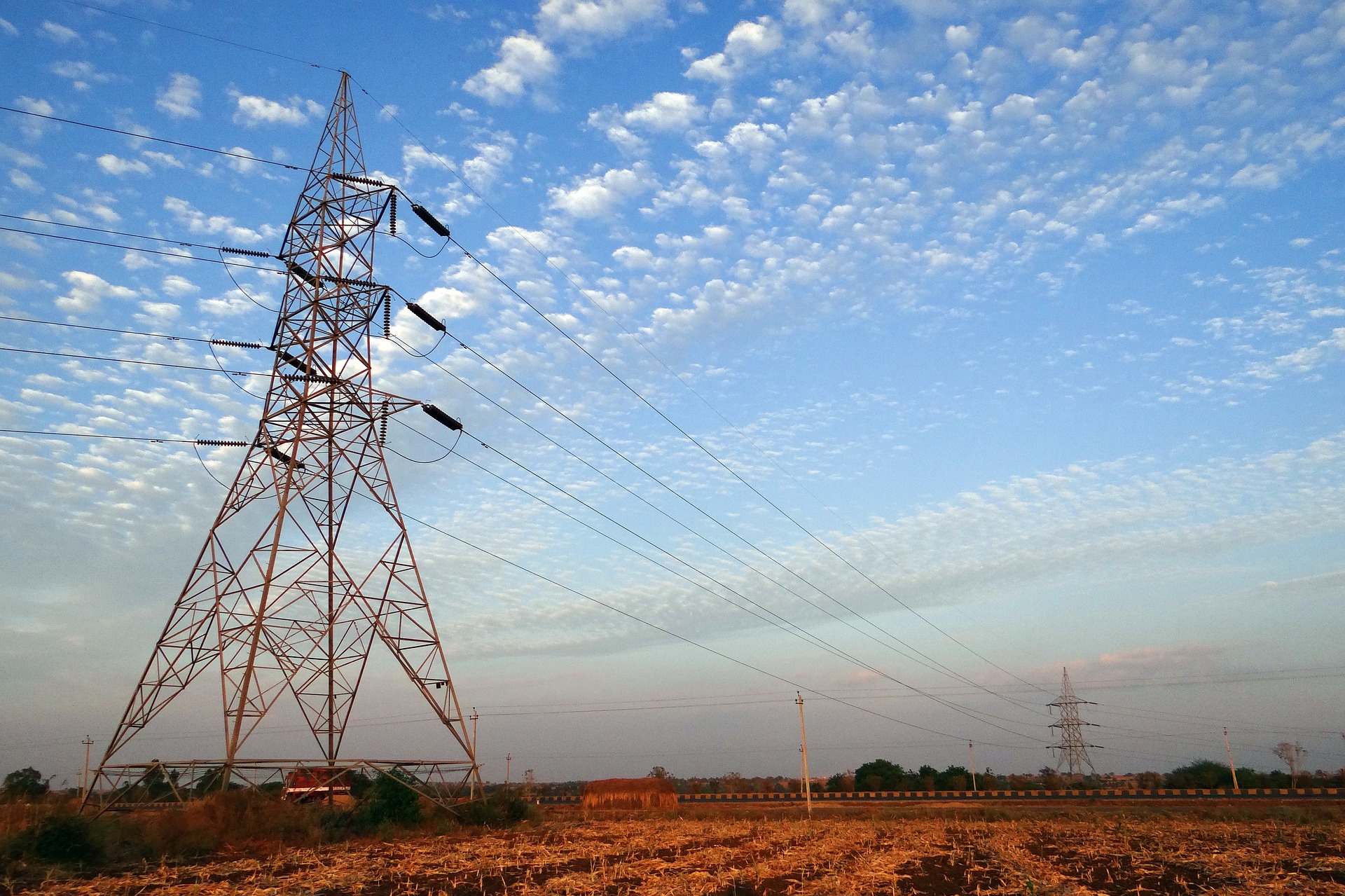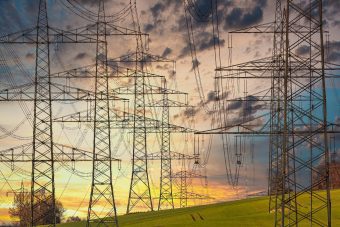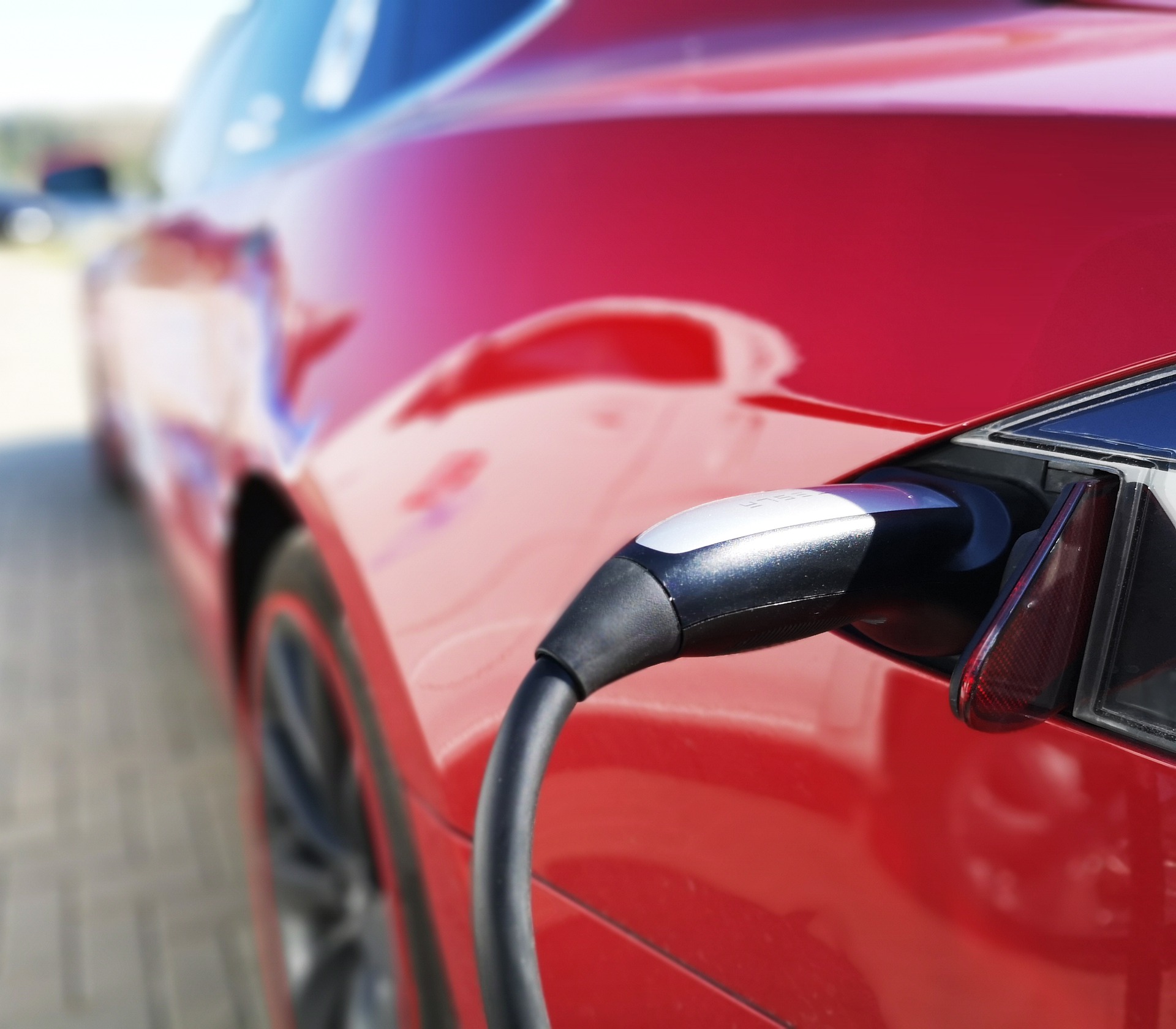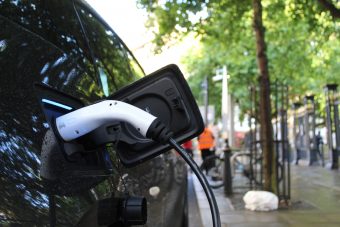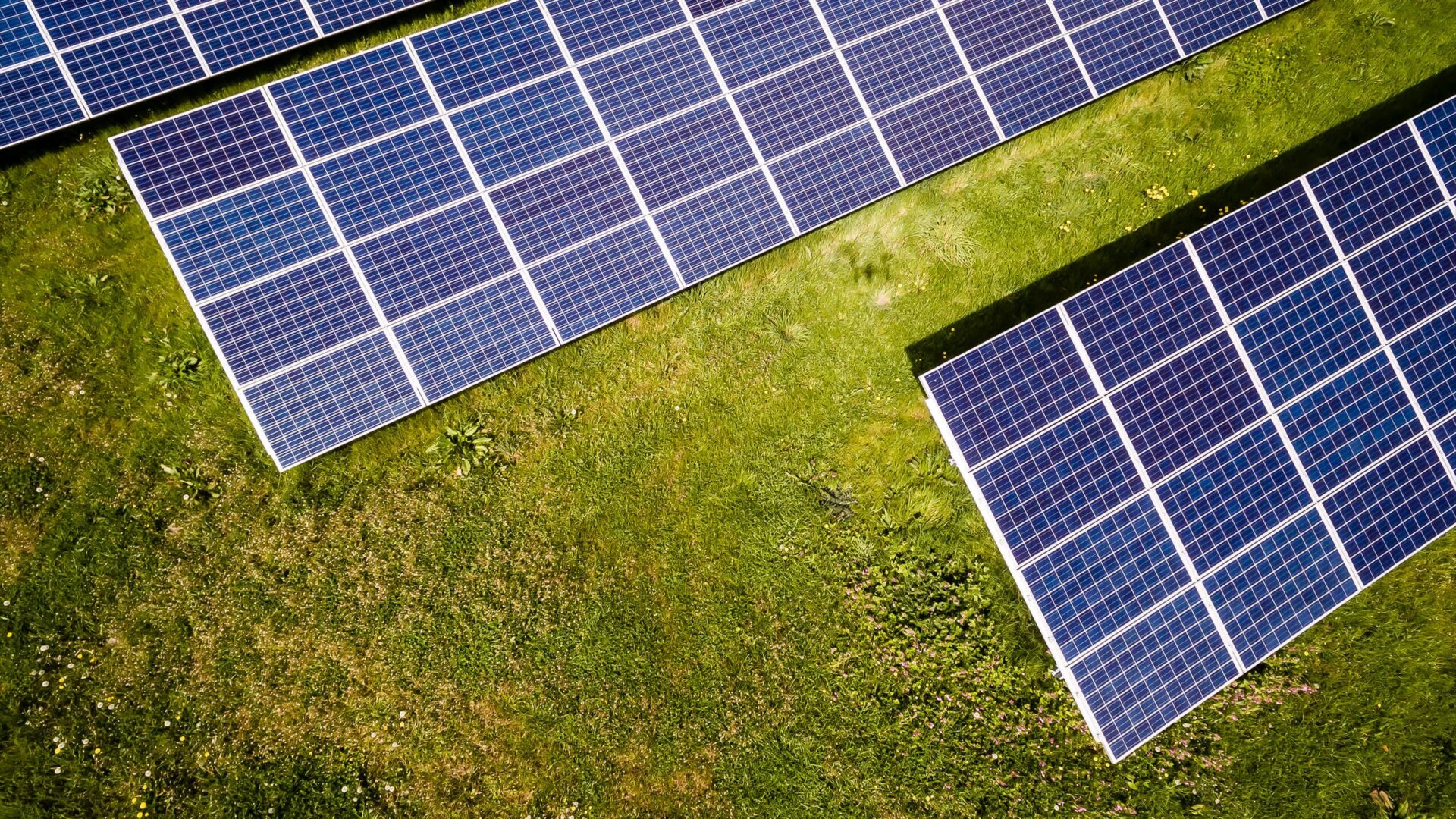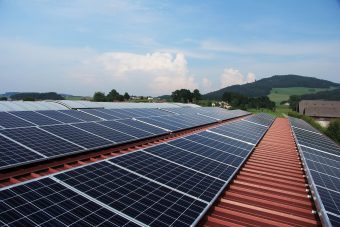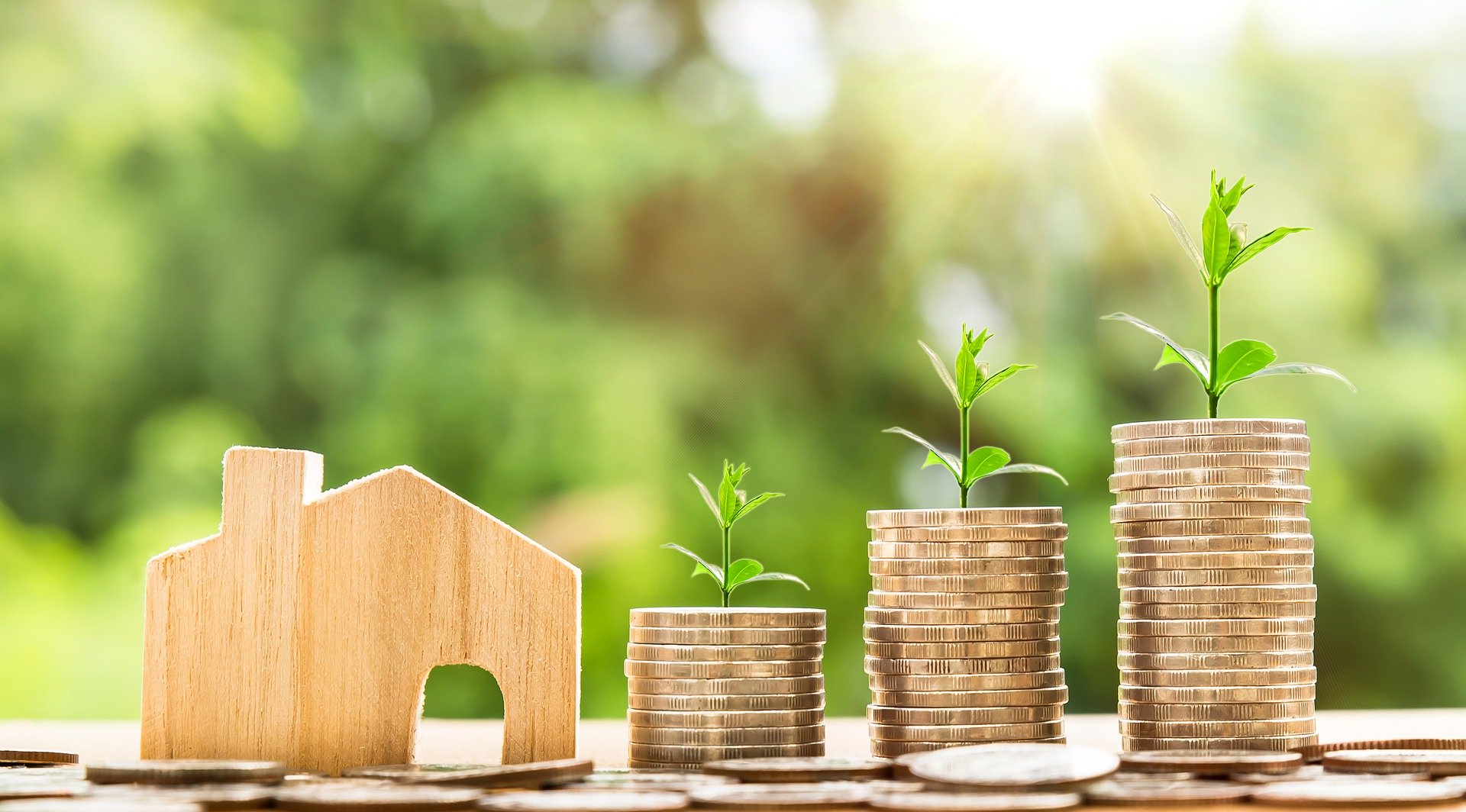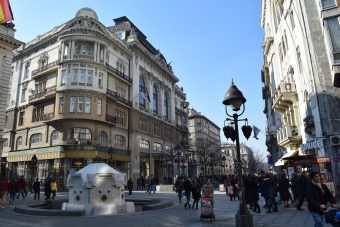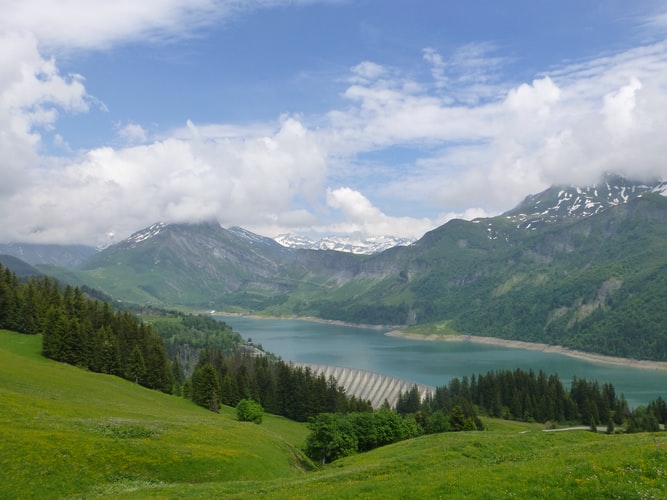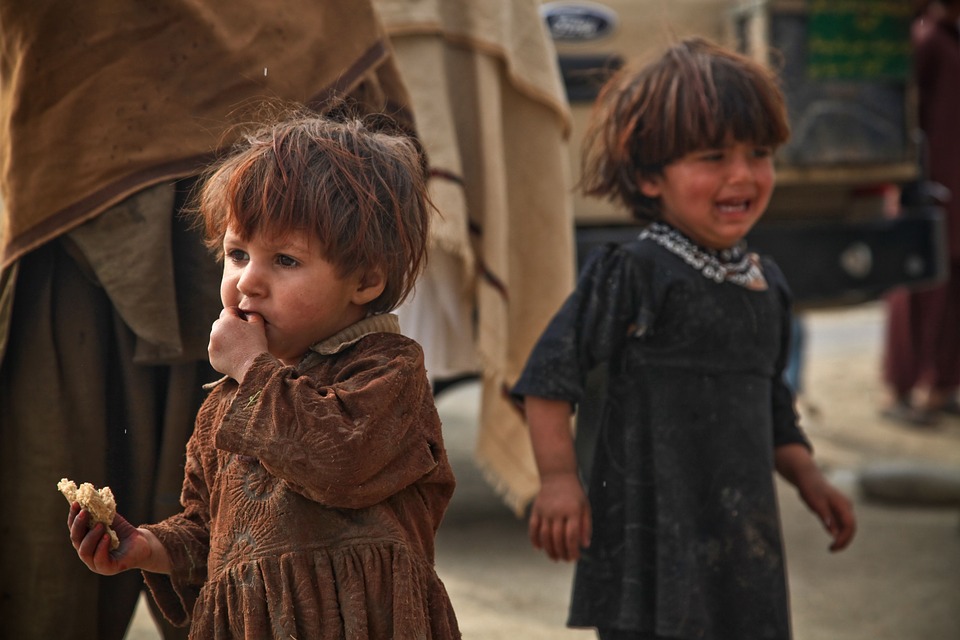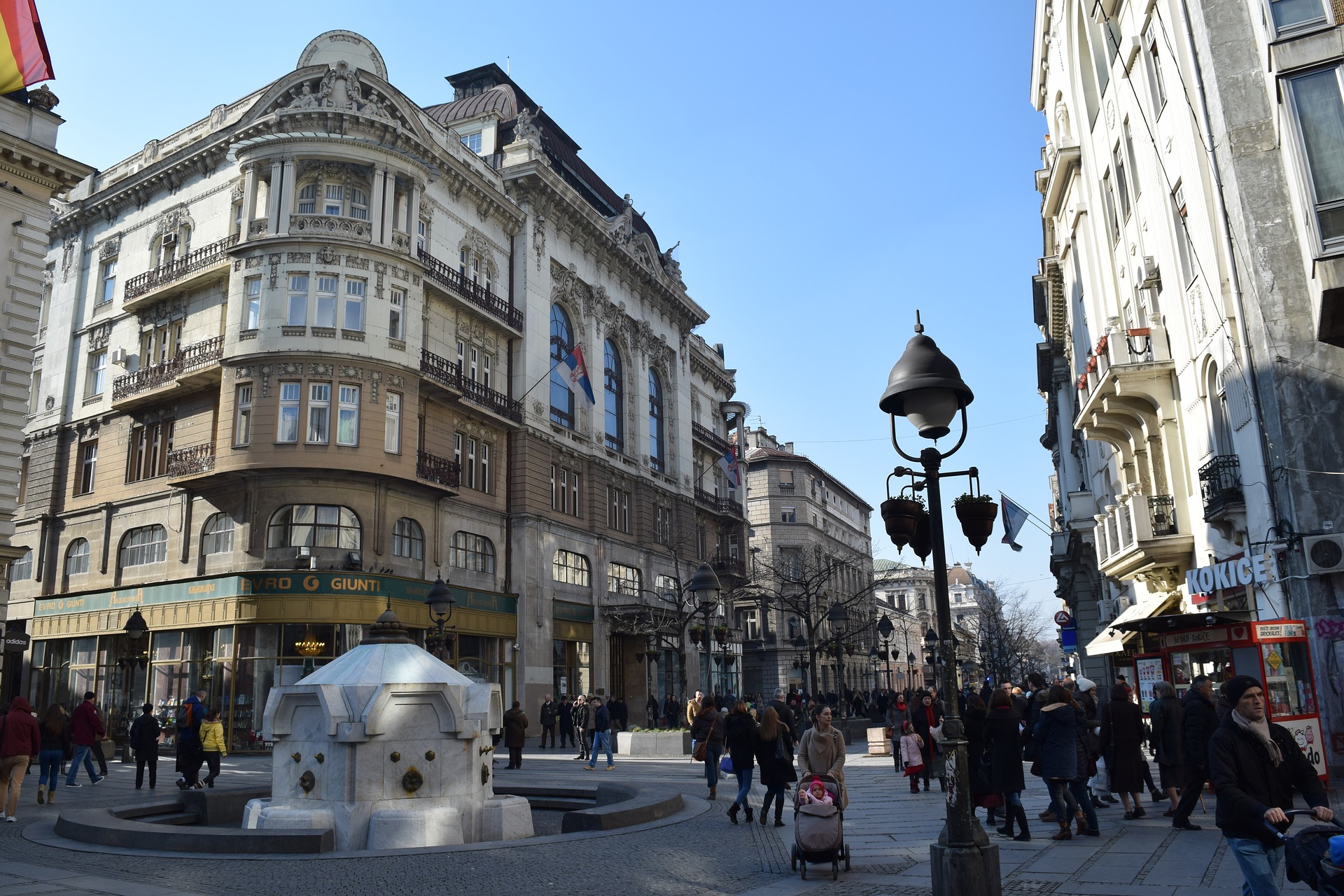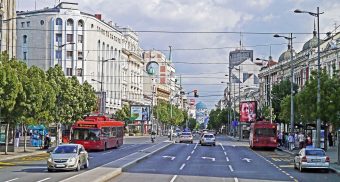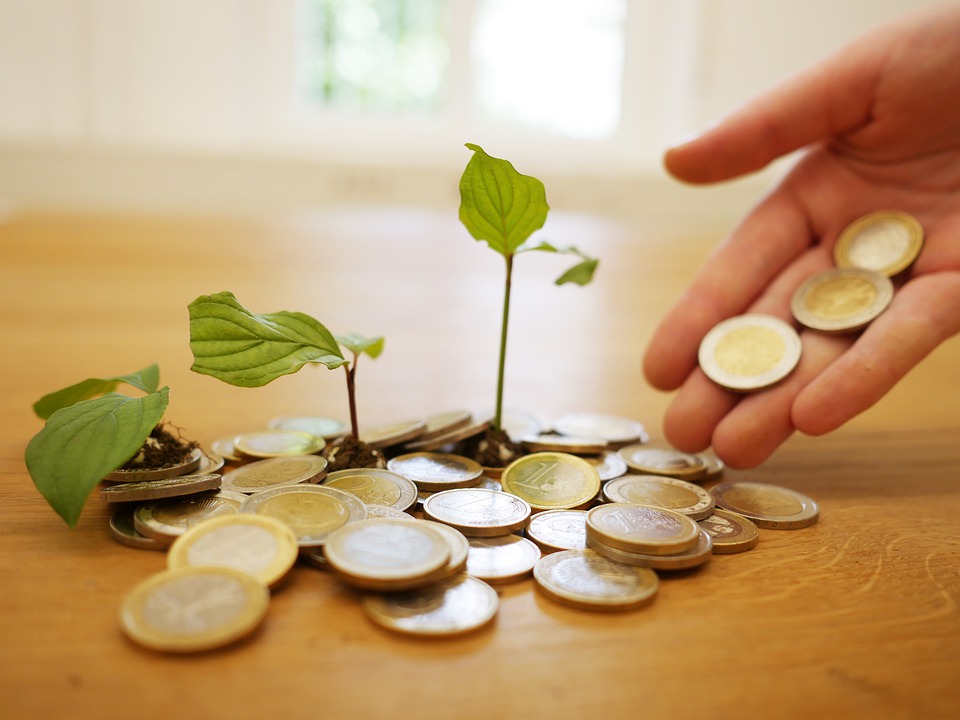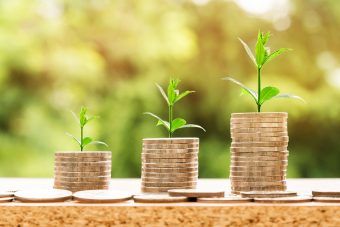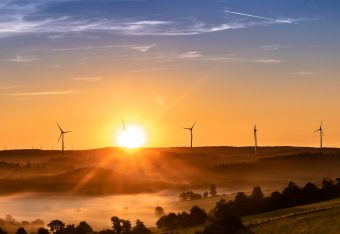
Remember the Code Red for Humanity? It was the warning report from the Intergovernmental Panel on Climate Change (IPCC), which is composed of the world’s leading climate scientists. Issued last August, the report was the latest summary of what’s happening to our climate system, and where we are headed if necessary action isn’t taken.
Well, the scientists are back.
On 28 February, the second of four parts of the latest IPCC assessment will be published. The report will pick up right where the previous one left off: focusing on the impacts of the climate crisis on humanity, our homes, livelihoods and the ecosystems we depend on.
Do we really need another report?
Of course, we don’t need another report to realise we’re in deep trouble already. But we do all need an updated assessment of our possible futures ahead.
More:
The climate crisis today isn’t what it was 5, 10 or indeed 32 years ago, when the scientific community delivered their very first comprehensive assessment to world governments. It keeps evolving.
Since their previous full assessment in 2014, the situation has, again, worsened. The US National Oceanic and Atmospheric Administration (NOAA) has warned that the years since then, 2013-2021, all rank among the ten-warmest years on record. According to the World Meteorological Organisation, we’re now officially in uncharted territory with climate change.
You can read the whole article HERE.
Source: Greenpeace



